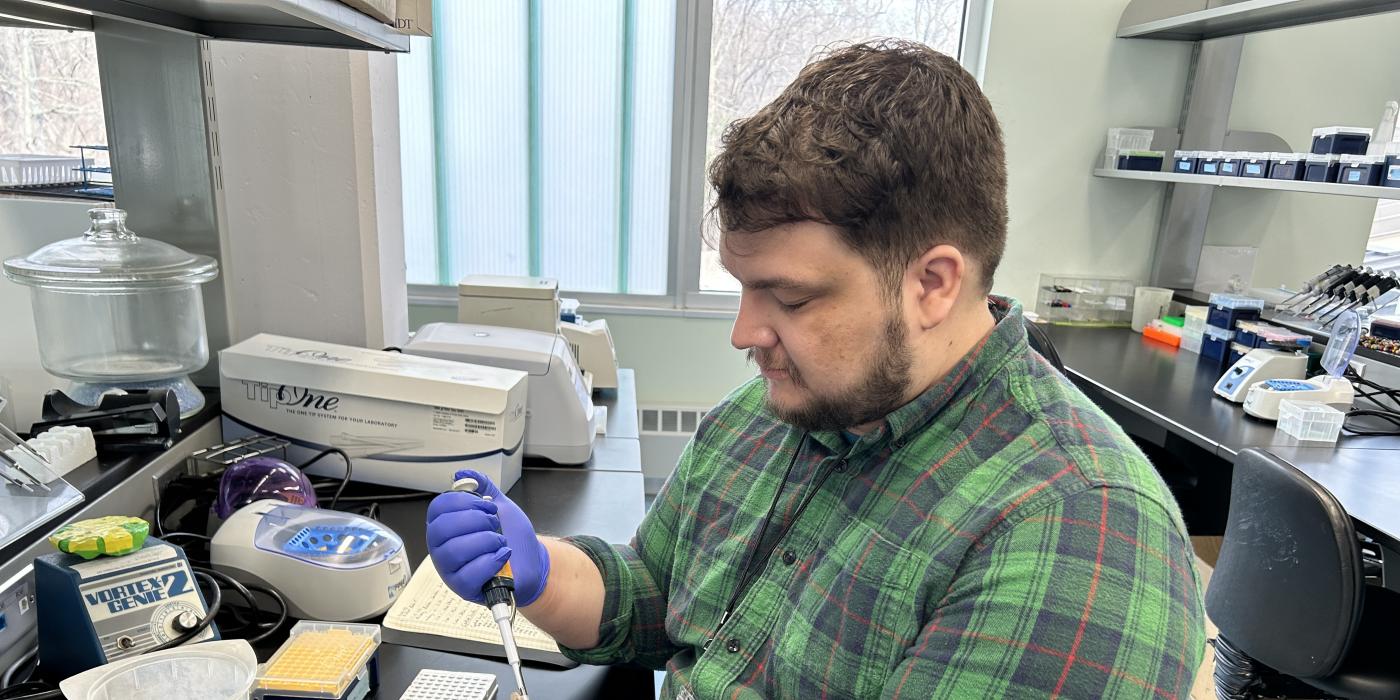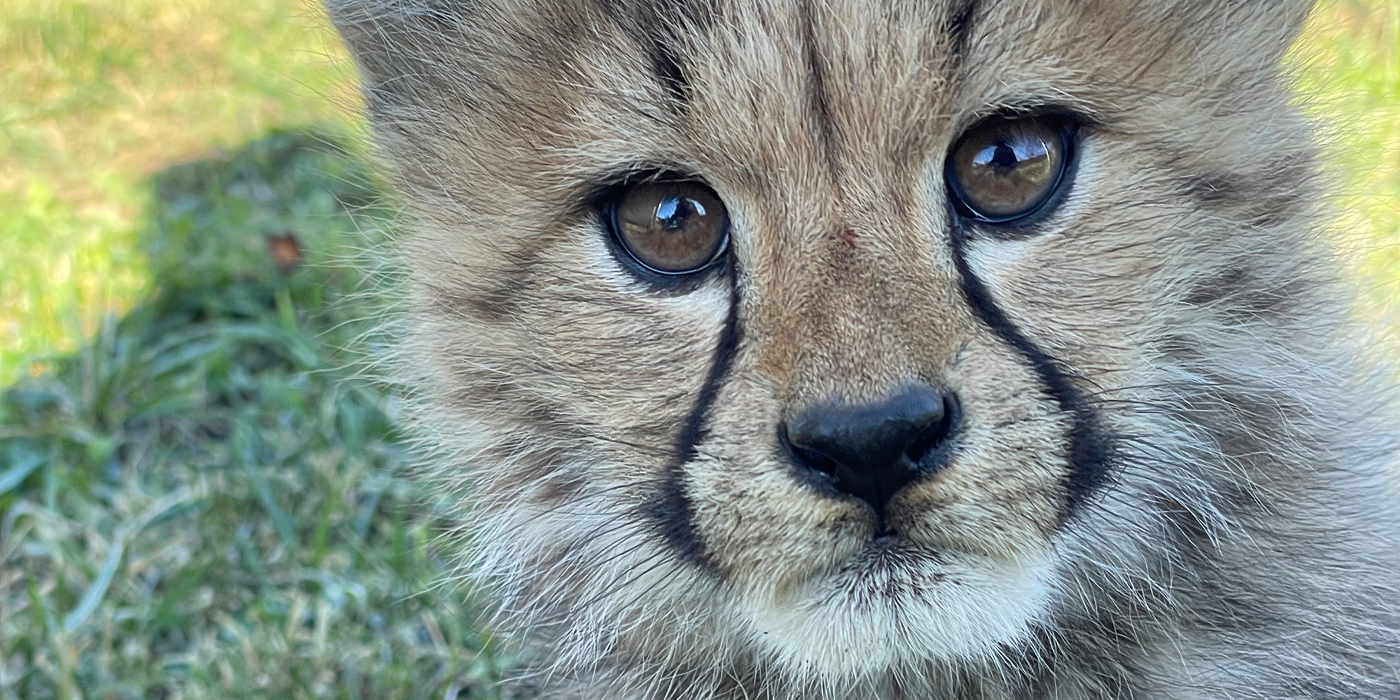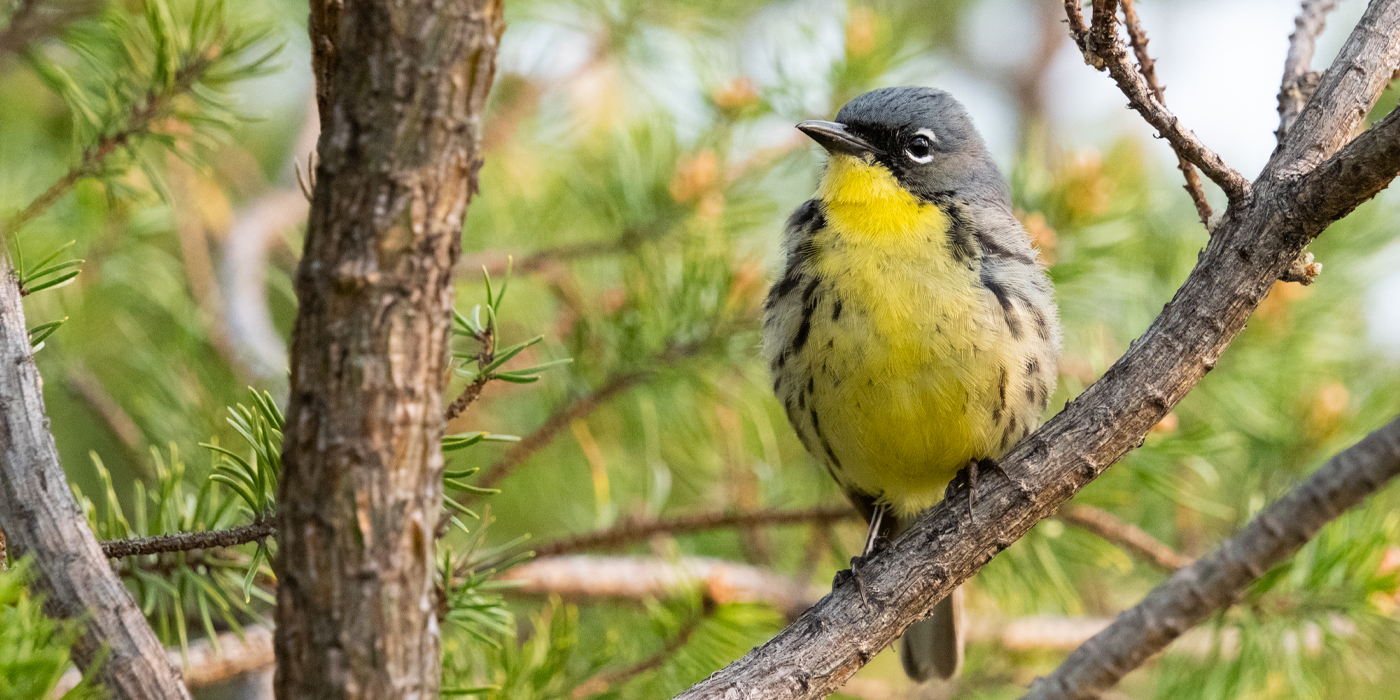Foxes and Feces: How Science Saves Species

Without ever laying eyes on a San Joaquin kit fox, scientists at the Smithsonian Conservation Biology Institute’s Center for Conservation Genomics (CCG) know how many of the cute creatures live in California’s Ciervo-Panoche Natural Area. By studying the scat these stealthy animals leave behind, current and former CCG scientists Tammy Wilbert, Deborah Smith-Woollett, Jesus Maldonado, Katherine Ralls and their colleagues are helping local land managers map the places where these endangered animals live. Their paper, entitled “Distribution, fine-scale subdivision, and population size of San Joaquin kit foxes in the Ciervo-Panoche Natural Area, California,” was published Feb. 11 in the journal Conservation Genetics. In this Q&A, they talk about their findings.
Why study kit foxes?
While people who are familiar with Ciervo-Panoche Natural Area had reported sightings of the endangered San Joaquin kit foxes, nobody really had an idea of how many were there or how large their range was. Knowing this information can be very helpful for our colleagues who manage the area and play a critical role in the conservation of this endangered species.
The Center for Conservation Genomics’ lab has successfully used scat samples to extract DNA and identify individual animals—including kit foxes—for more than 20 years. Dr. Mike Westphal from the Bureau of Land Management contacted us to see if we could apply the non-invasive techniques we developed to study the San Joaquin kit foxes that live in the Ciervo-Panoche Natural Area.

San Joaquin kit foxes in California.
Courtesy of Mike Westphal, Bureau of Land Management.
What can a fox’s scat tell you?
Scat is an invaluable tool for genetic analyses. It can help us determine whether a species is present in a particular area, how many animals remain, where they are, where they move and how closely related they are.
How did you find the samples?
From previous research, we have found that the most effective way of surveying large areas for the presence of kit foxes is to use professionally trained dogs. Our partners at Working Dogs for Conservation trained their dogs to identify kit fox scat among droppings left by other animals in the area.
These dog-and-handler teams are able to find larger quantities of scat than a team of human researchers, and they are more accurate at identifying scats that were deposited by kit foxes in the field than human researchers. This is key because we can collect more information and minimize the accidental collection of scats from other species.
How did you analyze the kit foxes’ DNA?
Scats contain DNA from cells in the animal’s intestines, and we can extract this DNA and use it to identify the species and sex of the animal that deposited it.
Once we confirmed the scat was from a kit fox, we analyzed several microsatellite loci—highly variable repetitive elements at specific locations in the DNA. Because of the high variation at these sites, we can look for unique combinations of alleles, which are genetic variations at the same genetic locus, to identify multiple scat samples that came from the same individual.
How many kit foxes did you find?
We found more individuals across a wider area of the Ciervo-Panoche Natural Area than expected! After analyzing 332 scats, we identified 56 males and 37 females—a total of 93 individuals. One interesting finding is that about half of the San Joaquin kit foxes there possess a unique variant of mitochondrial DNA that has not been found in kit foxes in other areas.
Genetic analysis also revealed that these kit foxes come from two distinct subpopulations. Why? Hills with unsuitable habitat separate the kit foxes in the Panoche Valley from the other subpopulation that lives adjacent to I-5, a major interstate highway.
Genetic population models indicated a conservative population estimate of 90 kit foxes in total, with 60 to 90 individuals in the Panoche Valley and 17 to 27 individuals in the I-5 area.
Did anything about these findings surprise you?
We were surprised to find two subpopulations within a relatively small area for the kit fox, which can disperse longer distances. Our research shows that there is enough genetic diversity to detect differences between the two areas. Looking at the DNA analysis, we can see that only a few kit foxes are able to move between two areas of suitable habitat that are close to each other.
The managers of the Ciervo-Panoche Natural Area will take these subpopulations into consideration in their efforts to preserve San Joaquin kit foxes in the area. Only by protecting both subpopulations and the area between them, as well as other kit fox populations to the south of the Ciervo-Panoche Natural Area, can we preserve all genetic diversity in this endangered subspecies.
This story appears in the February 2019 issue of Smithsonian Conservation Biology Institute News.



